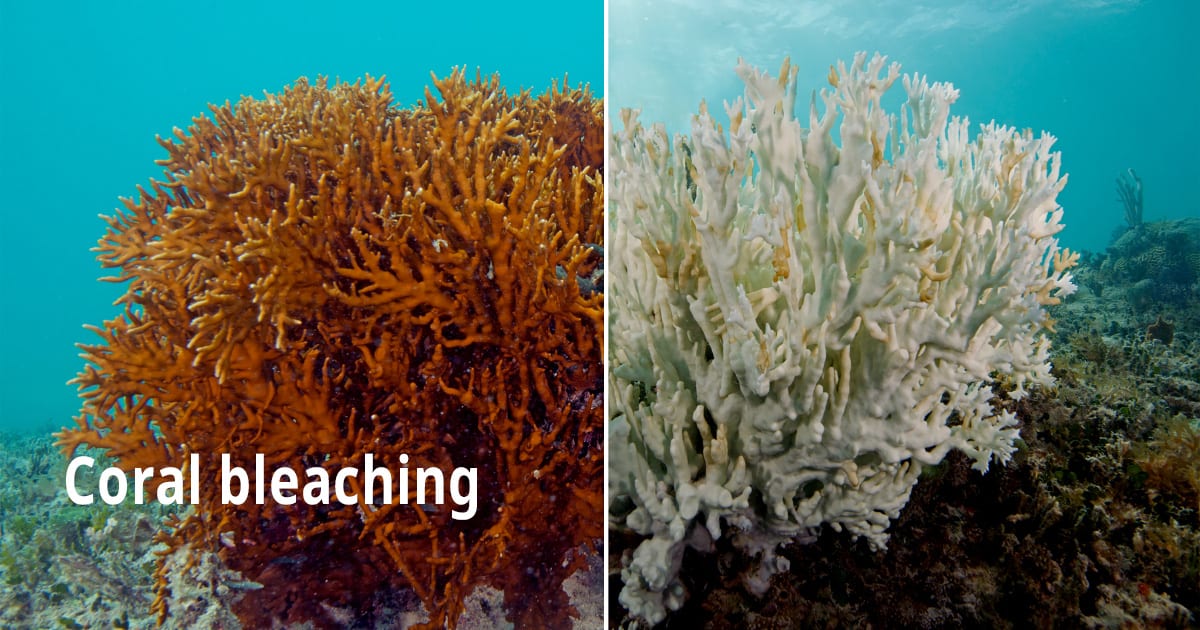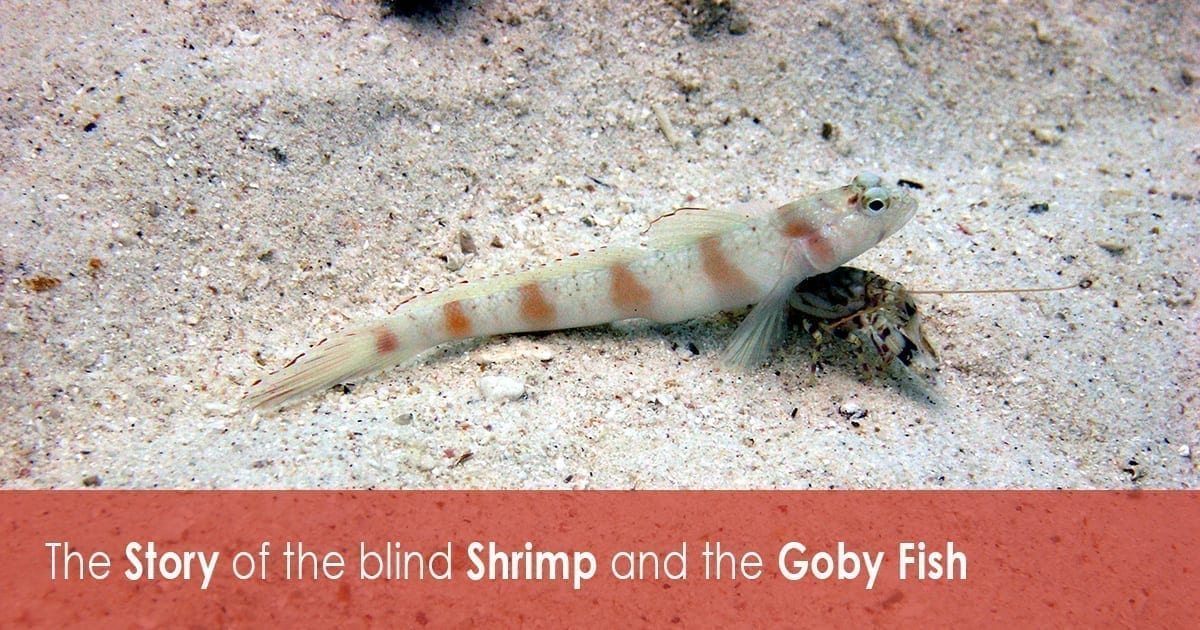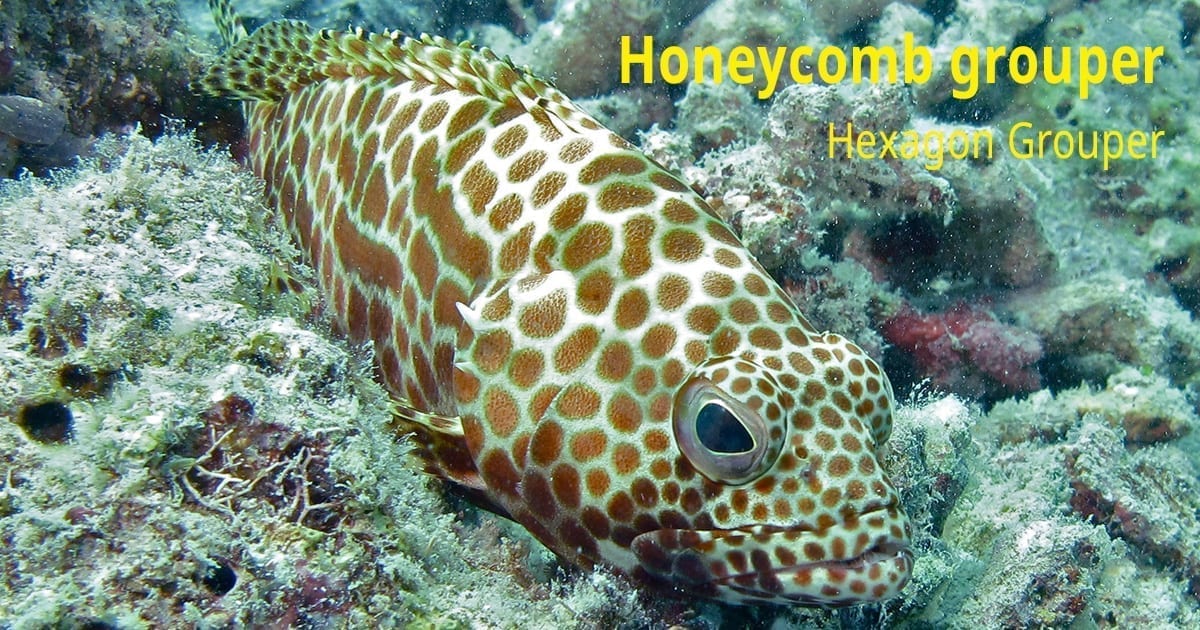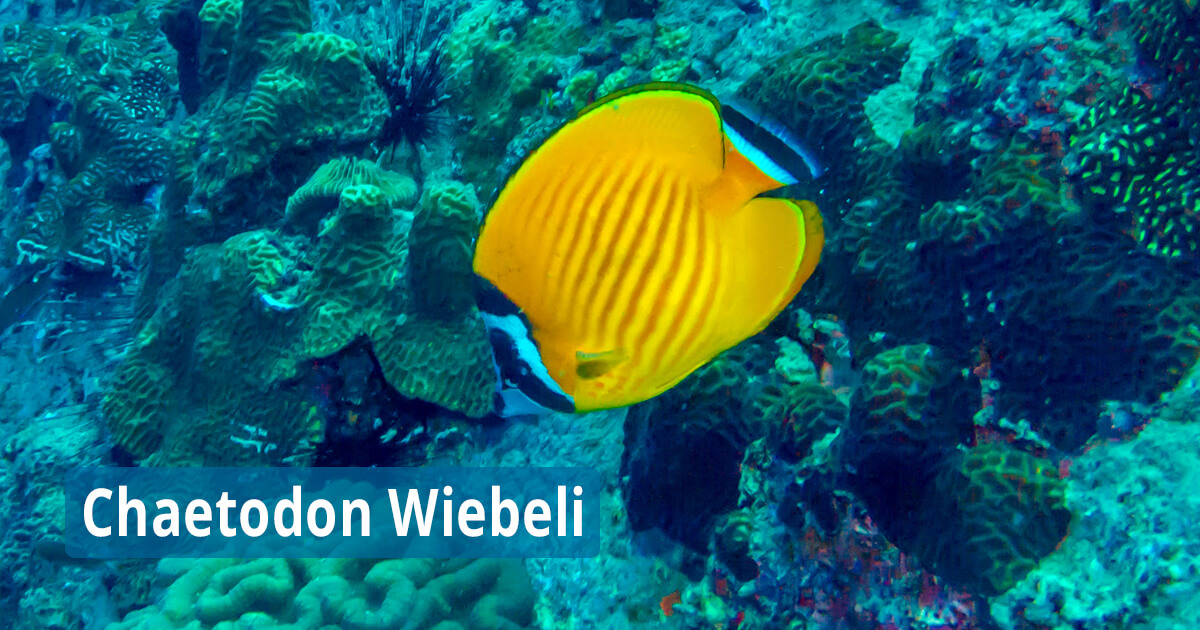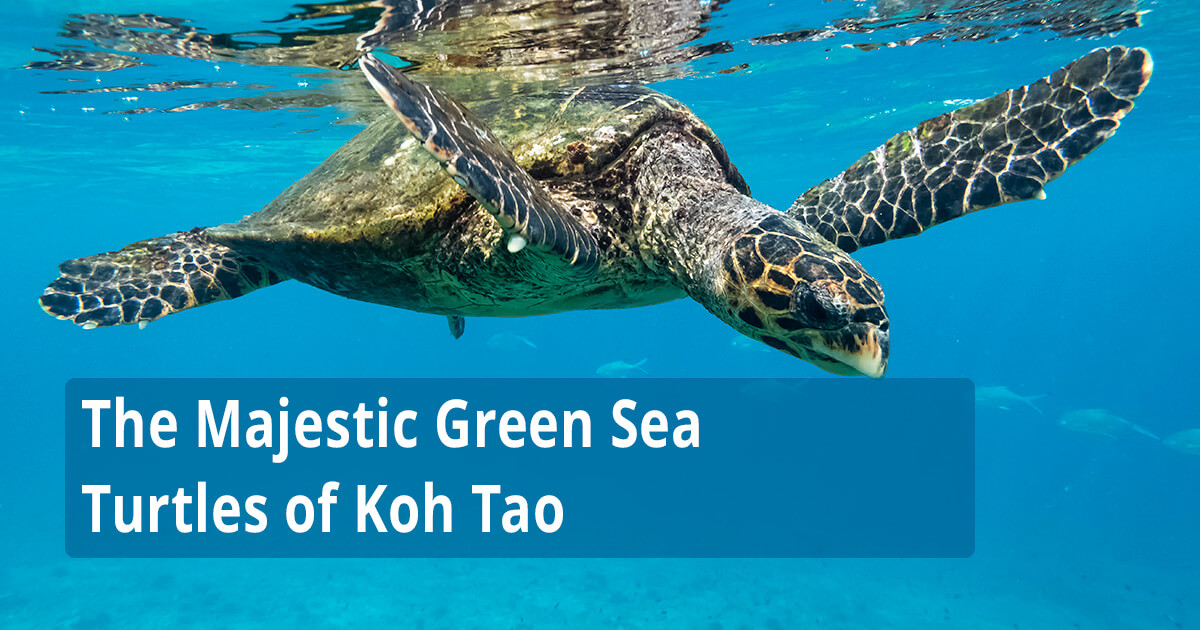Coral bleaching occurs when coral polyps expel algae that lives inside their tissues. Normally, coral polyps live in an endosymbiotic relationship with these algae, which are crucial for the health of the coral and the reef. The algae provide up to 90 percent of the coral’s energy. Bleached corals continue to live but begin to starve after bleaching. The corals can recover, if the bleaching doesn’t take longer than a couple of weeks.
The leading cause of coral bleaching is rising water temperatures. A temperature about 1° C above average can cause bleaching. According to the United Nations Environment Program, between 2014 and 2016 the longest recorded global bleaching events killed coral on an unprecedented scale. In 2016, bleaching of coral on the Great Barrier Reef killed between 29 and 50 percent of the reef’s coral. In 2017, the bleaching extended into the central region of the reef. The average interval between bleaching events has halved between 1980 and 2016.
What we as divers can do – to save corals and the marine life – follow this guide:
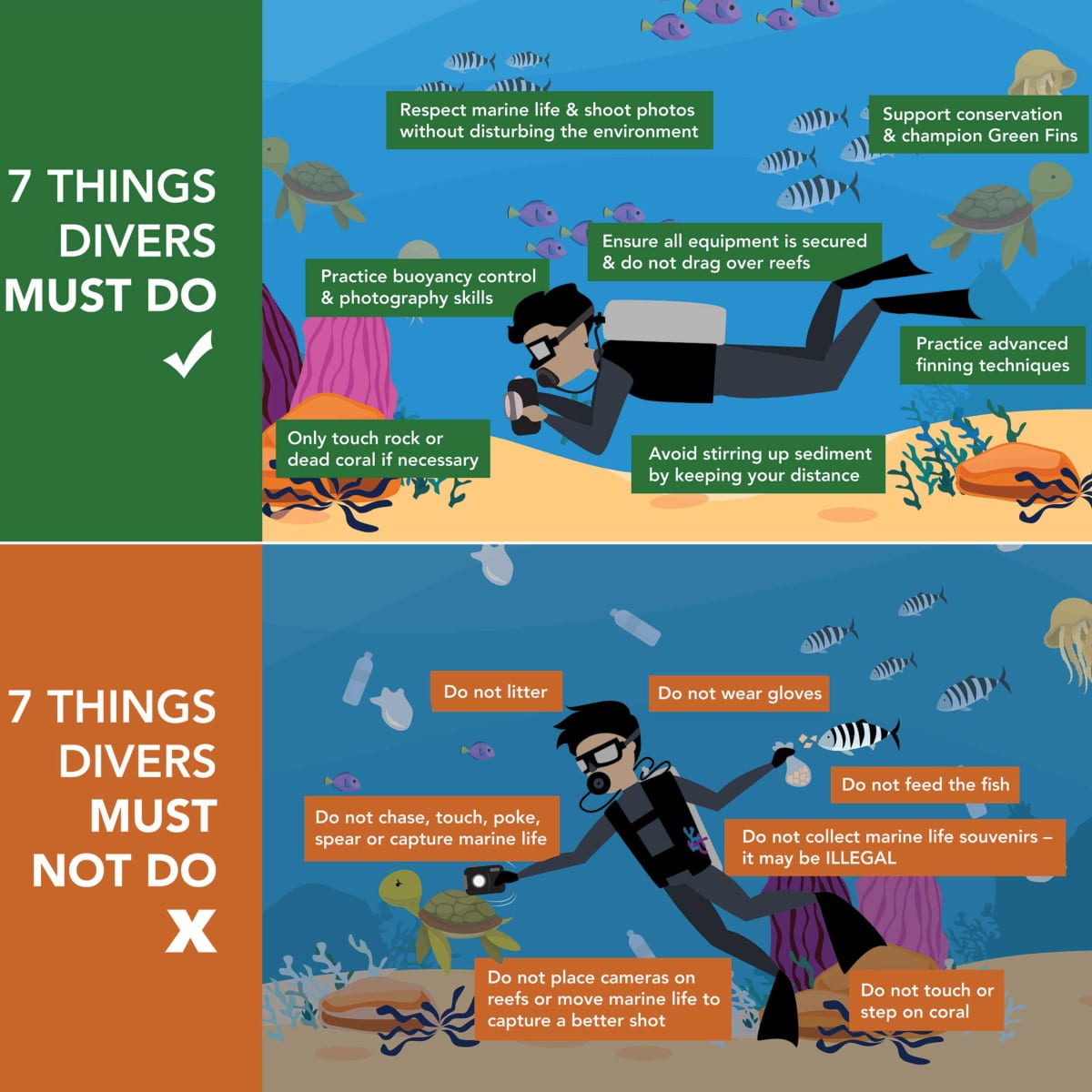
The Green Fins initiative aims to protect and conserve coral reefs through environmentally friendly guidelines that promote a sustainable diving and snorkeling industry.
Green Fins is coordinated internationally by The Reef-World Foundation in partnership with the UN Environment. Find about more about Green-Fins here!




